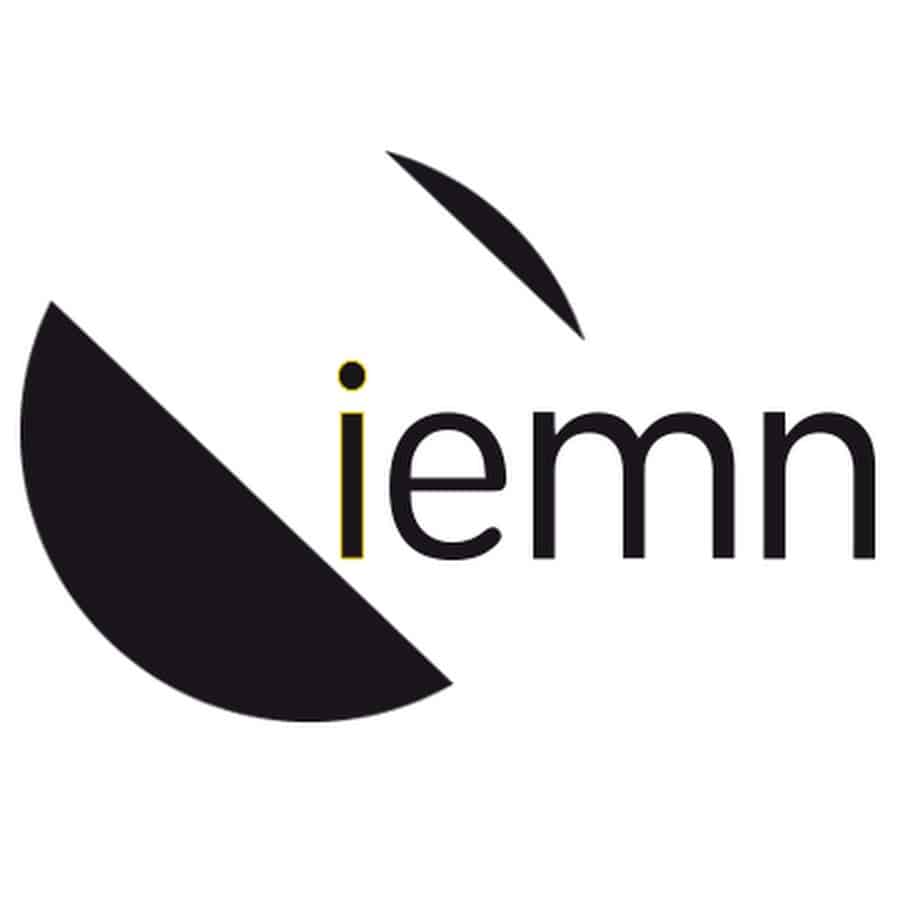Rapport d'activité final du Projet "Unconventional Principles of Thermoelectric Generation"
Résumé
Thermoelectric energy harvesting offers strong advantages to supply low power electronics such as sensing, wireless, mobile and communicating devices that are increasingly changing our environment. Thermal energy sources are indeed abundant and widespread in our homes, factories and even our own body can be seen as a heat source. This matches very well the power needs of Ambient Intelligence, Internet of Things and Body Area Networks. Unfortunately, state-of-the-art thermoelectric converters still rely on rare and potentially harmful elements and feature low compatibility with low-cost mainstream production lines. The "Unconventional Principles of ThermoElectric Generation" project (UPTEG), explored two radically new approaches to overcome these limitations.
First, the project aimed at making an artificial thermoelectric material out of silicon, one of the most abundant element on earth which is also at the heart of today's information technologies. To that end, a new process was developed to fabricate fully suspended silicon thin films patterned at the nanoscale following the concept of Phononic Engineering Converters. This concept uses a pattern of holes at the right length scale to hinder the heat flow while preserving electrical current conduction, resulting in augmented thermoelectric performance of the material. This approach lead to several remarkable results. First, we simulated, estimated and designed thin-film planar converters architectures. We then developed a versatile process that enables the fabrication of a variety of devices fully compatible with silicon MEMS technologies. In addition, we quantified heat transport at nanoscale using three complementary methods, namely: Electro-thermal, Raman thermometry and Scanning Thermal Microscopy. Not only the results show the consistency of these methodologies for the first time, they also demonstrate that heat conduction has been divided by a factor 15. From the fundamental point of view, these artificial materials could solve the well-known "phonon glass, electron crystal" dilemma faced in thermoelectricity. Finally, a demonstrator was fabricated and characterized that show the efficient heat gradient management and power generation in the silicon thin-films. The output power, up to a few mW/cm² under 50 degrees’ temperature difference constitutes a new state-of-the-art for crystalline silicon thermoelectric converters.
A secondary concept of energy harvesting, even more advanced, explored thermo-electronic emission of current between a pair of electrodes separated by a vacuum gap, the whole system being applied a temperature gradient. The concept of a thermionic converter offers potentially very high harvesting efficiencies but has always been technologically limited by the difficulty to manage enormous heat gradients and the so-called space charge effect that occurs when high current densities are involved. UPTEG brought important building blocks towards such converters by showing cesium oxide as a low work function material for silicon electrodes and proposing a micro-thermionic converter architecture.
In total 14 scientists, engineers and students were involved in the project with the decisive support of the ERC, CNRS/IEMN and Yncréa Hauts-de-France. The results of UPTEG lead to the defense of 6 PhDs, the publication of 10 articles and 24 oral communications. Today more than ever, the outcomes of UPTEG supports the idea that an abundant, inexpensive and environmentally benign material like silicon could be at the heart of future thermoelectricity.
En 2019 s’achève le projet Européen UPTEG qui portait sur la génération efficace d’énergie thermoélectrique à partir de principes non conventionnels. Démarré en octobre 2013 pour une durée de 5 ans et un budget de 1.5M€ financé par le Conseil Européen de la Recherche (ERC). Ce projet a mobilisé les efforts conjoints de l’ISEN et de l’Institut d’Electronique, Microélectronique et de Nanotechnologies. Au total 9 personnes ont été impliquées dans le projet (illustration) qui a permis d’achever six thèses de doctorat, de financer 2 post-doctorats et a conduit à 12 publications, 23 conférences internationales et 1 brevet.
Au cœur du projet, la thermoélectricité, une méthode de conversion d’énergie qui requiert de la part des matériaux des propriétés difficilement compatibles entre elles. Le bon compromis entre effet Seebeck, conductivité électrique et une bonne résistivité thermique est difficile à obtenir. Pour illustrer, le matériau thermoélectrique idéal devrait avoir à la fois les propriétés électriques d’un métal et les propriétés thermiques d’un verre ! Le but du projet UPTEG est de tester deux concepts radicalement différents de convertisseurs thermoélectriques compatibles avec les technologies de la micro-électronique silicium. Premièrement, l’ingénierie de phonons, consiste à structurer à l’échelle nanométrique le matériau (illustration) pour moduler sans conductivité thermique de façon à lui conférer artificiellement des propriétés thermoélectriques. La seconde approche, dite micro-thermoïnique, consiste à fonctionnaliser des électrodes à faible travail d’extraction séparées par un vide de taille micrométrique. Ce projet a permis le développement de nombreux procédés de fabrication de membranes en silicium pour des applications en thermoélectricité avec une conductivité thermique réduite dix fois par rapport au matériau massif. Des convertisseurs capables de générer jusqu’à 2 mW/cm² pour une différence de température de 40°C ont été prototypés.
Mots clés
Thermoelectricity
Energy harvesting
Thermoelectric Converters
Micropower sources
Silicon
CMOS
MEMS
Semiconductor thin-films
Micro-fabrication technologies
Phononic Engineering
Nanoscale heat transfer
Heat guiding
Anisotropic heat transfer
Thermal management
Thermo-emission
Thermionic current
Vacuum encapsulation
Low workfunction materials
Alkali oxides
Fichier principal
 338179_UPTEG_Final_Activity_Report14_20190927_183715_CET.pdf (213.39 Ko)
Télécharger le fichier
338179_UPTEG_Final_Activity_Report14_20190927_183715_CET.pdf (213.39 Ko)
Télécharger le fichier
Origine : Fichiers produits par l'(les) auteur(s)
licence : CC BY NC ND - Paternité - Pas d'utilisation commerciale - Pas de modification
licence : CC BY NC ND - Paternité - Pas d'utilisation commerciale - Pas de modification




